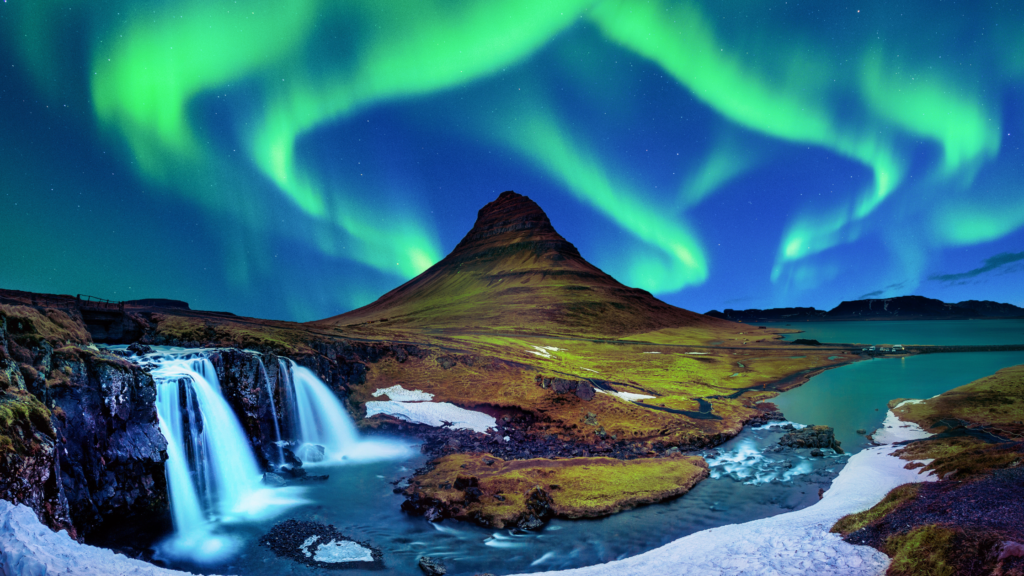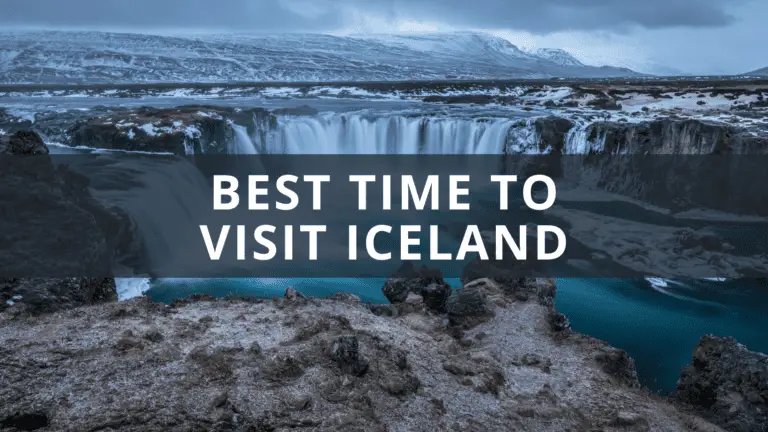When Is the Best Time to Visit Iceland? Plus 7 Top Tips
Iceland is a magical country that draws thousands of visitors each year with its breathtaking landscapes and natural wonders. Whether you’re planning your first trip or your tenth, choosing the best time to visit Iceland is key to having an unforgettable experience. In this article, we’ll explore the best time to visit Iceland and give you 7 top tips to help make the most of your trip.
The Best Time to Visit Iceland
Iceland is a country of extreme weather, with temperatures ranging from below freezing in the winter to the high 40s in the summer. Knowing what to expect weather-wise is an important part of planning your trip.
The peak tourist season in Iceland is from June to August, when the weather is warm and the days are long. This is a great time to visit if you’re looking to enjoy outdoor activities and take advantage of the midnight sun. However, be prepared for high prices, crowded attractions, and limited availability for tours and accommodations.
On the other hand, visiting Iceland in the off-peak season from September to May has its benefits. The crowds are smaller, prices are lower, and you’ll have a greater chance of experiencing the northern lights. Just be prepared for colder temperatures and shorter daylight hours.
If you’re looking for the best time to visit Iceland, we recommend going in late spring or early autumn. The weather is milder and the crowds are smaller, making it easier to fully enjoy all that the country has to offer.

7 Top Tips for Visiting Iceland
1. Planning ahead for transportation and accommodations
One of the most important things you can do to make the most of your trip to Iceland is to plan ahead for transportation and accommodations. Booking early will help you avoid the rush and get the best deals. Consider renting a car, as it will give you the freedom to explore the country on your own terms.
2. Being prepared for changing weather conditions
Iceland is known for its unpredictable weather, so it’s important to be prepared for anything. Make sure to bring warm clothing, rain gear, and sturdy shoes, as the weather can change quickly.
3. Taking advantage of local tours and activities
Iceland is full of amazing experiences, from whale watching and hot spring soaking to glacier hiking and horseback riding. Booking a tour is a great way to get an in-depth look at the country and its natural wonders.
4. Exploring the country on your own with a rental car
Renting a car is a great way to explore Iceland on your own terms. This will give you the freedom to take your time and see the sights that interest you the most. Just be prepared for the country’s unique road conditions and always drive carefully.
5. Being respectful of the natural environment
Iceland is home to some of the world’s most incredible natural wonders, and it’s important to be respectful of the environment while visiting. Stick to designated trails, don’t litter, and always follow the rules to help preserve the country’s beauty for generations to come.
6. Trying local cuisine and shopping at local markets
Iceland is home to a unique and delicious cuisine, and you won’t want to miss trying some of the local dishes. From fresh seafood to hearty lamb stew, there’s something for everyone. Be sure to also check out the local markets for unique souvenirs and gifts.
7. Taking advantage of the midnight sun and northern lights
One of the biggest draws of Iceland is its amazing natural phenomena, including the midnight sun and northern lights. If you’re visiting during the summer, take advantage of the long daylight hours to explore the country and enjoy outdoor activities. If you’re visiting during the winter, make sure to check the northern lights forecast and head out on a clear night for a truly unforgettable experience.
Frequently Asked Questions
What is the best time to visit Iceland for the northern lights?
The best time to see the northern lights in Iceland is from September to April, when the nights are long and the sky is clear.
Is it expensive to travel to Iceland?
Traveling to Iceland can be expensive, especially during the peak tourist season from June to August. To save money, consider visiting in the off-peak season and booking accommodations and activities in advance.
What kind of weather can I expect in Iceland?
The weather in Iceland can be unpredictable, with temperatures ranging from below freezing in the winter to the high 40s in the summer. Be prepared for changing conditions and bring warm clothing, rain gear, and sturdy shoes.
What should I bring with me when visiting Iceland?
When visiting Iceland, it’s important to bring warm clothing, rain gear, and sturdy shoes, as well as a camera to capture all the amazing sights. Consider renting a car to give yourself the freedom to explore the country, and be sure to bring a map or GPS for navigation.
What kind of food can I expect in Iceland?
Iceland is known for its unique cuisine, including fresh seafood, hearty stews, and traditional dishes like skyr and hákarl. Be sure to try some of the local dishes and visit local markets for unique food and souvenirs.
Conclusion
Iceland is a magical country with breathtaking landscapes and natural wonders. Whether you’re planning your first trip or your tenth, choosing the best time to visit and being prepared for the weather and local experiences will help you make the most of your trip. So, pack your bags, bring your sense of adventure, and get ready for an unforgettable journey to Iceland!
- What to Wear in Cancun by Month & Activity (And Not!) - March 13, 2023
- What to Wear in New York by Month & Activity (And Not!) - March 13, 2023
- What to Wear in Morocco by Month & Activity (And Not!) - March 13, 2023

